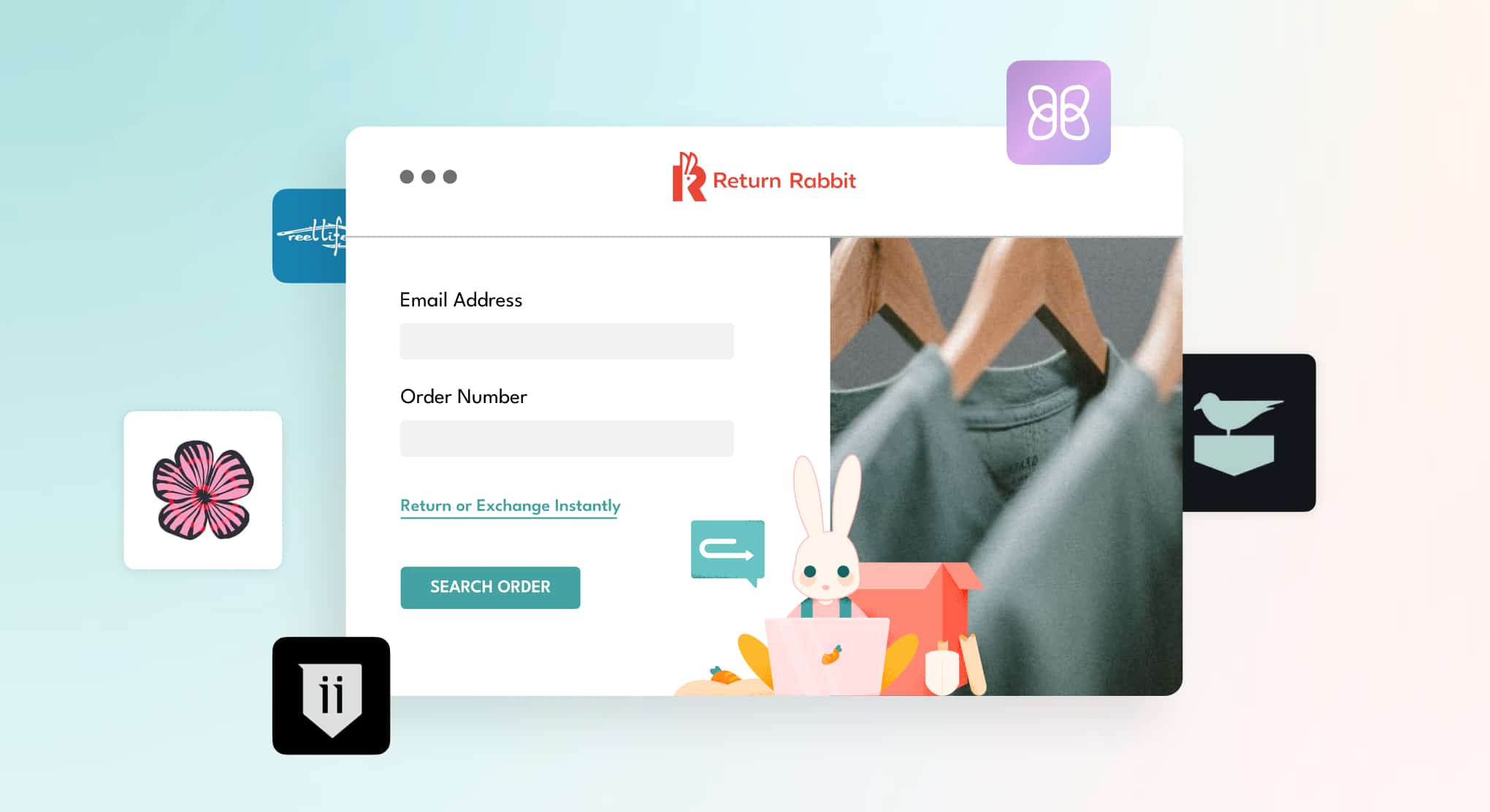For consumers, the holiday season begins in mid-November, but for Shopify brands, it starts while it’s still 85 and sunny.
As brands prepare for the hustle and bustle of the holidays, the focus tends to be on promos and ads for Black Friday and Cyber Monday. But there’s another area that Shopify brands need to prepare for: the post-purchase experience.
A strong post-purchase strategy strengthens customer relationships, boosts retention rates, and increases revenue generation. As your team prepares for traffic surges and a longer sales period, there are 7 things you should pay special attention to in order to make this year’s BFCM the best yet.
Free Download: The Ultimate BFCM ‘22 Checklist
1. Automate your returns and exchange processes
It’s 2022—your brand needs to ditch manual returns management.
Returns get a bad reputation. It’s labeled as a time-consuming process that’s nothing but a cost suck for brands, and that’s true with a manual platform. Running an eCommerce business is expensive enough—automating your returns and exchange processes will cut costs and allow you to focus on bigger campaigns like BFCM.
Automatically generating return labels, implementing a self-service return portal, and custom automation and business rules transform your return center from a cost-suck to a key revenue driver.
Sales skyrocket during BFCM, which means that returns, exchanges, and refund requests will increase too. Streamlining your efforts post-purchase is key to coming out on top this holiday season. A returns management solution like Return Rabbit focuses on converting more returns to exchanges so you delight and retain more customers and maintain hard-earned revenue.
2. Prep your customer service team
Get your customer support team ready for an influx of tickets! No matter how automated your processes are, your customer support team will be extra busy from November through January. During BFCM, packages get lost, items get damaged in transit, or customers simply aren’t satisfied with their order—so your support team needs to be able to handle these inquiries.
Hiring additional team members and seasonal help will ensure that your customer service team stays afloat and that your customers will get the answers they need quickly.
There are also automations and best practices your Shopify brand can implement to make the customer service experience a positive one. Tools like Gorgias are designed to help eCommerce stores service customers across every channel.
Brands can also create a self-service hub on their website so customers can easily navigate any issues that arise (without ever needing to contact customer support!). Implementing live chat on your website can also be a great way to answer your customer’s questions, without having to submit a support ticket.
3. Optimize your checkout processes
A difficult checkout process can endanger a sale. If a customer has to fill out everything manually or is unable to make edits to their cart, they may throw in the towel and shop elsewhere. Your team should go through the checkout process to ensure that it’s seamless from start to finish.
Nearly 3 out of every 4 dollars spent on online purchases today is done through a mobile device, so brands need to optimize for both mobile and desktop. Testing the checkout process on every type of device will help you discover any bugs before it’s too late!
The checkout process is also a great place to showcase your return policy. If your Shopify brand offers free return shipping, highlight that in the cart before your customer presses the “buy now” button.
Pro tip: Implement automated abandoned cart emails for customers that are on the fence. 50% of users who click on an abandoned cart email end up purchasing and these emails have a 45% open rate.
4. Prepare for an influx of returns (but expect a whole lot of exchanges)
January 2nd may be National Returns Day, but the biggest day for online returns is December 26. With mobile returns becoming more popular throughout the eCommerce world, online stores should expect more returns the day after Christmas.
An automated returns management system will not only help you intake returns but also turn those returns into exchanges. An exchange-first, revenue-driving returns platform will encourage exchanges at every touchpoint.
Convert more exchanges this holiday season with:
- Full catalog exchanges
- Personalized recommendations
- Gift card incentives
- Upsell exchanges
5. Unleash your brand’s creativity
What makes your brand unique? Maybe your product is the first of its kind or your brand is known for providing the best customer experience that eCommerce has ever seen.
BFCM is all about setting your brand apart from the competition. Your customer’s inboxes and texts are filled with amazing deals and early access passes, so how can you stand out from all the noise?
Branded order tracking with Tracking Rabbit.
Tracking Rabbit’s automated order tracking saves you time and money and improves your customer’s experience post-purchase.
Branded order tracking has 3 main objectives:
-
- Automate communication & reduce WISMO tickets. Your customer can stay up to date on their order every step of the way until the package is in their hands. The information is right in their inbox, so there’s no need to reach out to customer service with a “Where is my order?” support ticket.
- Drive more revenue. Carrier tracking pages are basic and don’t allow for any branding or personalization. Tracking Rabbit allows you to add promotions and upsell recommendations to your tracking page to drive more sales before a package has even arrived.
- Create loyal customers and raving fans. Every order tracking touchpoint reinforces your brand and prioritizes your customers’ needs which fosters long-term loyalty. Personalization and communication are the building blocks to creating loyal customers who want to tell everyone about your brand.
6. Review your return window
The holidays are stressful enough—don’t make your customers worry about a 30-day return policy.
Implement an extended holiday return window to alleviate the stress of returning gifts, and who knows, you might just make someone a lifelong customer by letting them exchange for a product they actually want.
For example, you could adjust your return window so that all items purchased between November 1 and December 25, 2022, can be returned or exchanged through January 31, 2023.
7. Take a look at your return policy
Your return policy is crucial. 61% of online shoppers review a return policy before making a purchase, so make sure your return policy is both fair and easy to find.
Consider highlighting your return policy in your Shopify store’s website footer, product descriptions, FAQs, and throughout the checkout process. If you have any value props like free return shipping, make sure they are clear and prevalent.
Bonus tip: prioritize post-purchase communication
The value of communication cannot be overstated. During the holiday season especially, your customers need to know what deals to look forward to and when their packages should arrive. There’s nothing worse than when the perfect present for a loved one doesn’t make it on time, and you have to rush to find something else.
Make BFCM ‘22 the best season yet with Return Rabbit. Our returns management platform can help your Shopify store drive more revenue and retain more customers this holiday season and beyond. Book a demo today!
Free Download
The Ultimate BFCM ’22 Checklist
A step-by-step monthly checklist to help you plan an amazing BFCM campaign.





